

How To Tell If A Vintage Piece Is Worth Your Money | Style Exper…

Q&A with Organizational Pro Peter Walsh + Dermatologist Shares A…

Actor Hank Azaria + Freezer Meals + Artichokes 2 Ways with Rach
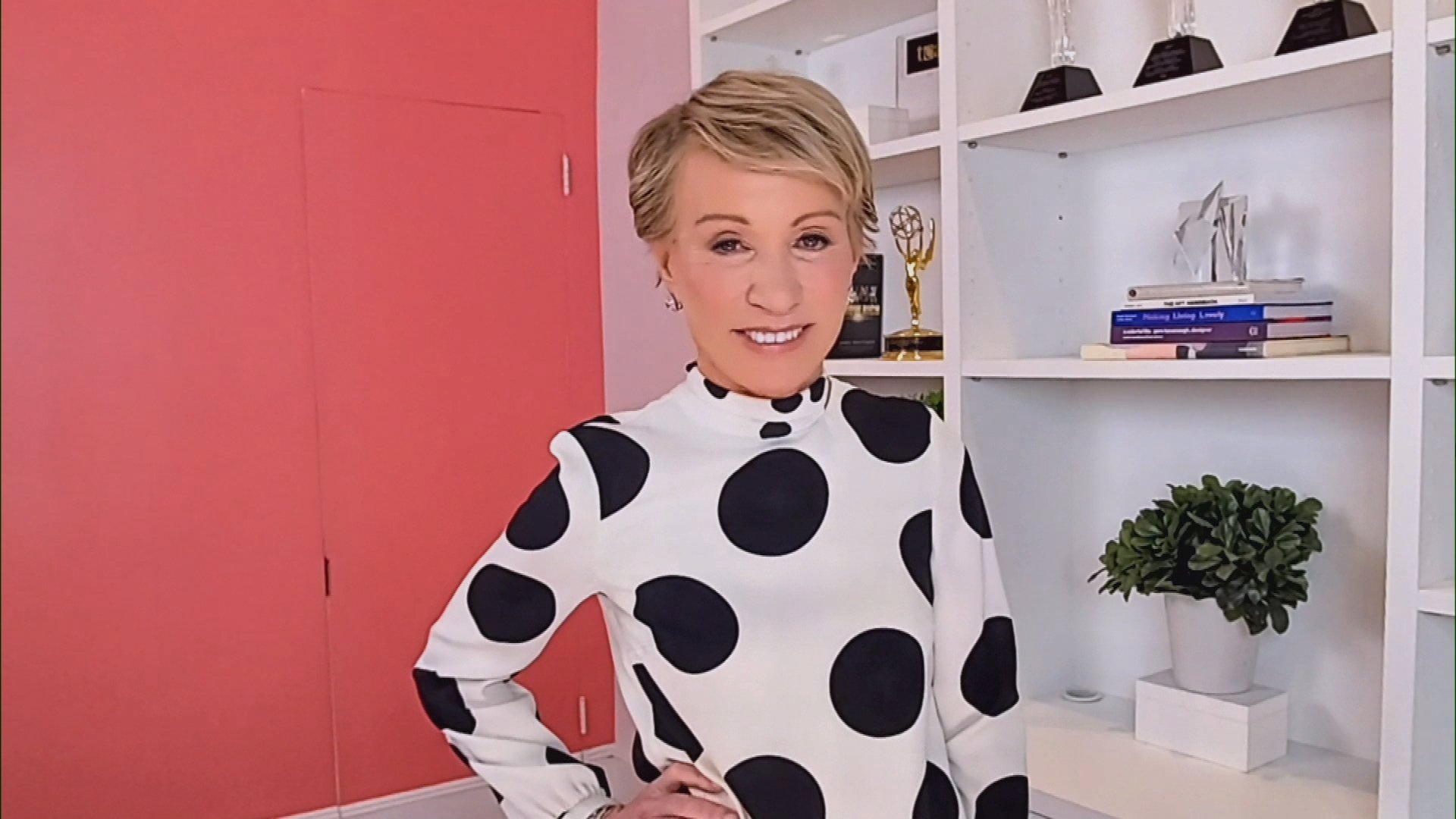
See Inside Barbara Corcoran's Stunning NY Apartment + It's Steak…

How to Make Chicken and Lobster Piccata | Richard Blais
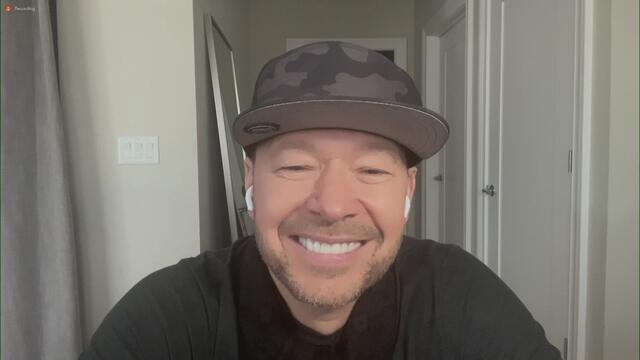
Donnie Wahlberg Spills Details About NKOTB's First Ever Conventi…
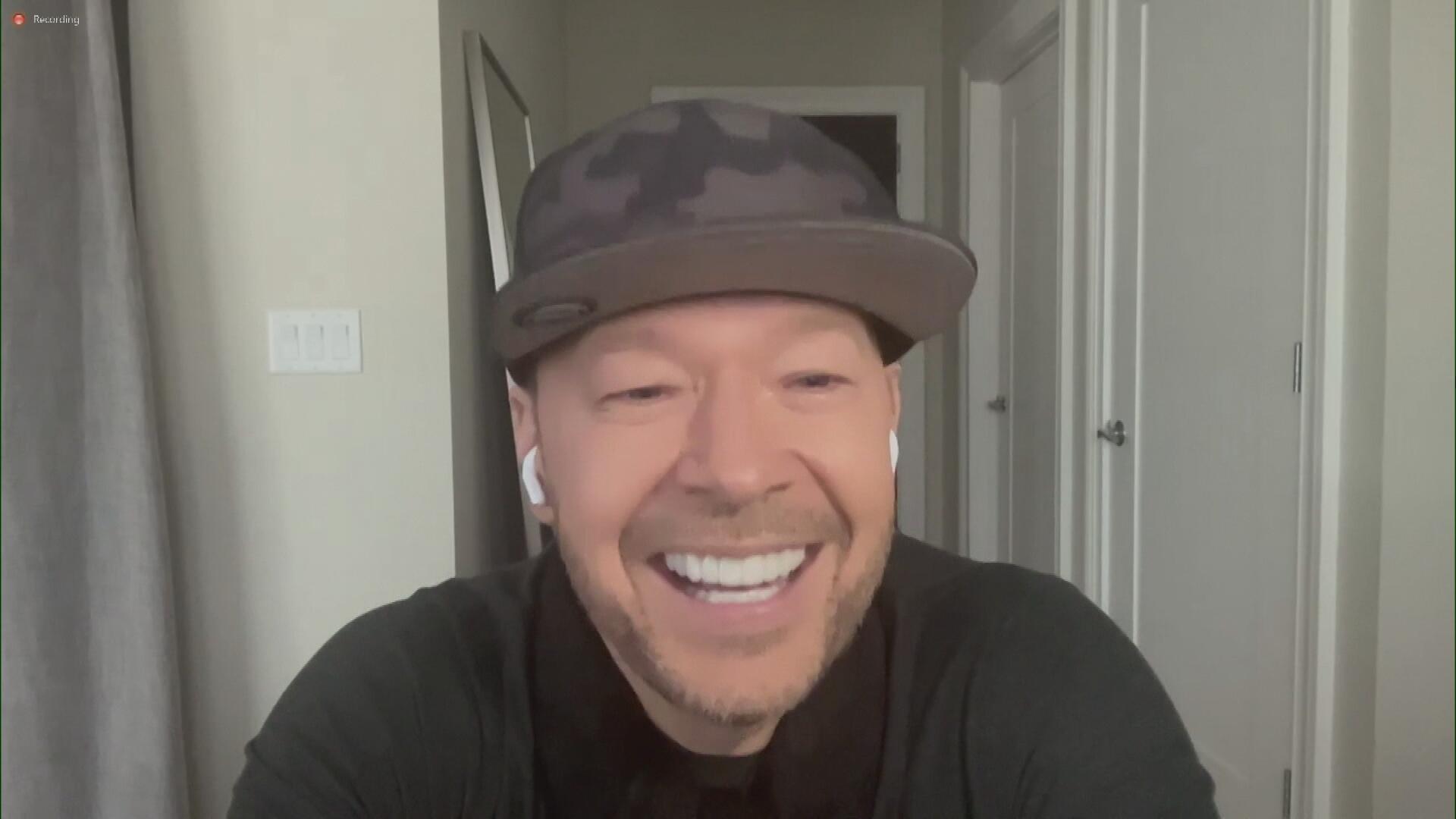
Donnie Wahlberg + Jenny McCarthy Say Rach Is Such a "Joy" + Look…
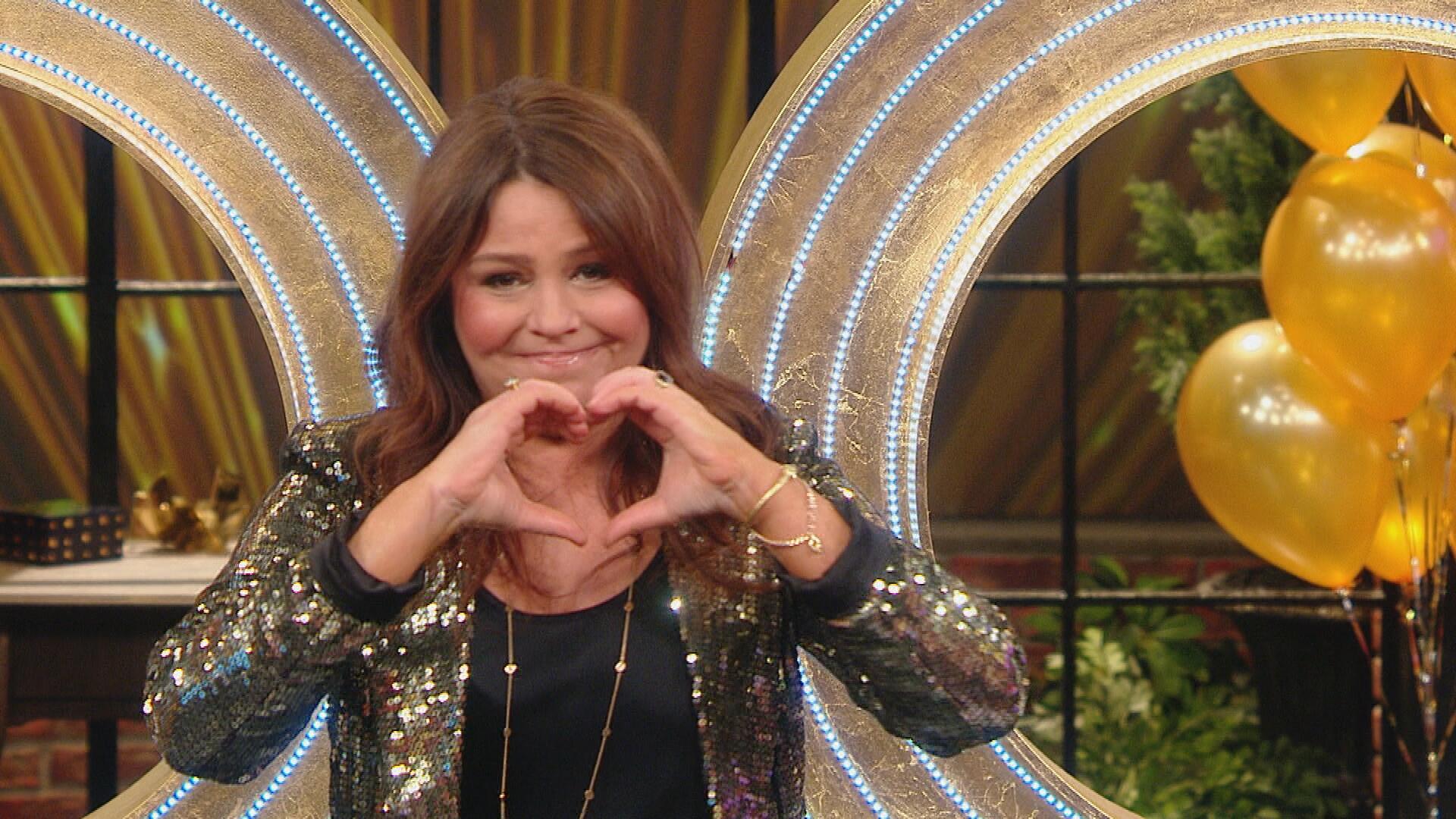
The Best Moments From 17 Seasons of the Show Will Make You Laugh…

How to Make Crabby Carbonara | Rachael Ray
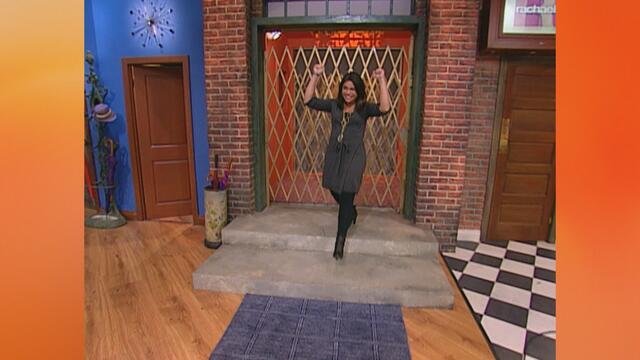
Rach Chats "Firsts" In Flashback From Our First Episode Ever In …
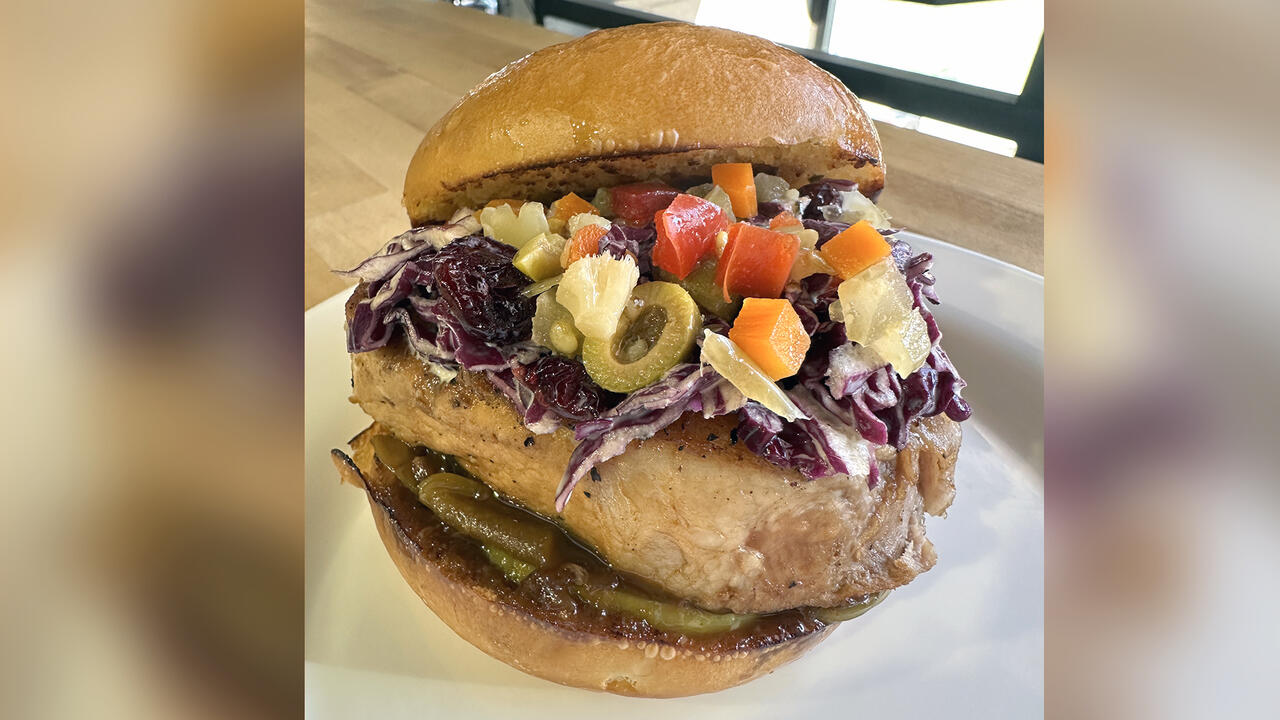
How to Make Apple-Cider Braised Pork Chop Sandwiches with Onion …

Rach's Chef Pals Say Goodbye to Show in Surprise Video Message

How to Make Sesame Cookies | Buddy Valastro

How to Make Tortilla with Potatoes, Piquillo Peppers and Mancheg…

How to Make Shrimp Burgers | Jacques Pepin
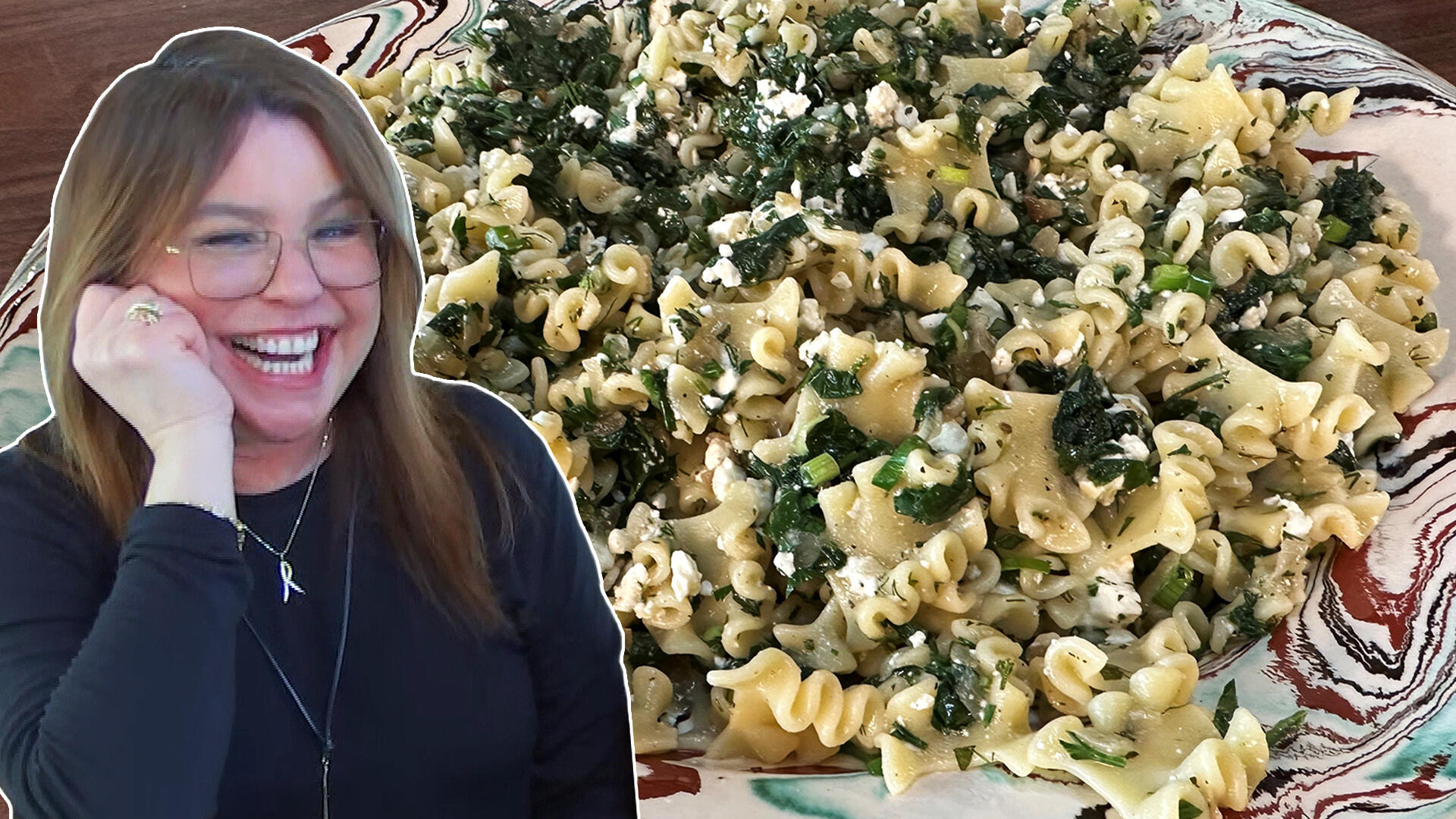
How to Make Spanakopipasta | Rachael Ray

Andrew McCarthy Chokes Up Discussing Emotional Trip to Spain wit…

Celebrity Guests Send Farewell Messages After 17 Seasons of the …

Celebrity Guests Send Farewell Messages After 17 Seasons of the …

Andrew McCarthy Teases Upcoming "Brat Pack" Reunion Special
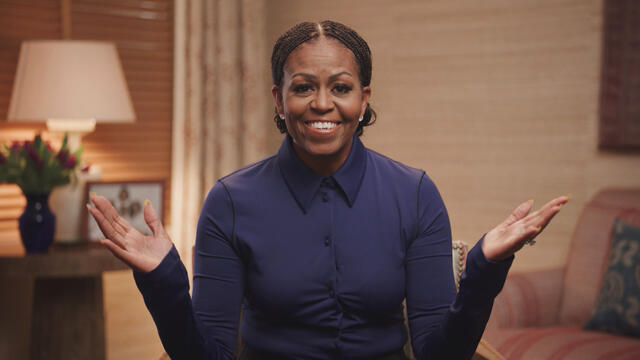
Michelle Obama Toasts Rach's 17 Years on the Air With a Heartfel…
"Vintage" is a word that's used a lot, but what does it actually mean? And how is vintage shopping different from thrifting or purchasing items secondhand? Here to break it all down is style expert Stacy London. She recently founded Small Beautiful Things, a gifting service of collectible vintage objects — and she's revealing her top tips for shopping vintage without breaking the bank.
The Difference Between Vintage & Thrift Shopping
"I think that vintage is much more curated," Stacy says. Somebody who hunts for vintage pieces has already found and done some of the authentication for you. With thrift shopping, nobody has done the work for you. "That's the hunting — when you find the gem," Stacy says. "You're getting the bargain, but then you're going to have to do the work on the other end."
How To Shop For Vintage Clothing
"[Vintage is] something that you're looking for that wouldn't be on the racks at a modern-day store. One of the reasons that I love to shop vintage is because you can find pieces that are unique," Stacy says. "If you're not interested in following trends, this is always a way to add a punch to your wardrobe."
And if you are looking to stay on-trend, the good news is that trends almost always come back around. You could find a vintage item in a style that's become popular again and pay "a lot less than what designers are charging for it right now," the style expert says.
1. Hold clothing up to the light.
"When it comes to wear and tear, remember: vintage is vintage because it's old. So there are going to be imperfections. Some we can live with, some not so much," Stacy says. You want to check for small holes or pinpricks in the fabric. Anything that looks like a burn or a scratch you're not going to be able to fix, so stay away from it.
2. Look for items as close to your size as possible.
If something is too big, consider whether or not it's worth taking in. That can help determine whether you should buy or walk away. "It is not about washing them if you want to shrink them," the style expert warns. "These are things that are old, and it will denigrate the fabric over time if you try and do that."
If you are in a vintage clothing store that doesn't have fitting rooms, Stacy has a quick trick for checking whether pants and skirts will fit you. "Take the waist, put it around your neck. If it fits, it should fit you on the bottom," she says.
3. Keep an eye out for "dead stock."
Dead stock means that it's old, but it was never worn. "That's always something to look for, because you're talking about pristine merchandise that has just been around a really long time," Stacy points out.
4. You CAN reinvent certain things.
Vintage cocktail dresses can be repurposed as skirts, for example. Like Stacy says, it's an exercise in creativity. "Just to be clear, vintage is to play. You should go in with an open mind. But, don't buy things that you don't need. You want things that you know you're going to put into rotation into your wardrobe and that are going to become part of it," Stacy stresses.
How To Shop For Vintage Accessories

When it comes to vintage accessories, there are certain factors that can help you decide whether it's worth the buy, or if you should walk away. Here are some pointers from Stacy to keep in mind.
5. Look for markers of authenticity and workmanship.

When it comes to pristine handbags, be careful that it's the real thing and not an imitation. A dealer might give you a certificate of authentication, but there are other signs you can find on your own, like labels stamped inside the bag or embossed on the zipper, Stacy says.
6. When it comes to handbags, make sure clasps work and leather isn't cracked.
"A clasp is very expensive to fix," Stacy says. A broken chain on a change purse, on the other hand, can easily be fixed on your own using pliers and a jump ring. Worn, dimpled leather is difficult to fix and costs a fortune as well, according to Stacy.
7. You can coat inexpensive costume jewelry with clear nail polish.
People love costume jewelry, and there's great vintage costume jewelry, both expensive and inexpensive, Stacy says. When it comes to cheap costume jewelry that isn't made from precious metal, though, materials like nickel and brass can turn your skin green or cause a rash. "A lot of people are allergic to metals that aren't precious," Stacy explains. If you really love an inexpensive piece of costume jewelry, Stacy has a quick fix for making it wearable: coat the base metal with clear nail polish to stave off a rash on your skin.
8. Or, ensure the longevity of expensive vintage jewelry with "dipping."

With more expensive pieces of vintage jewelry, you can do something called "dipping" into precious metal. "This will still cost you a fraction of what it would cost if it was 18-karat gold. You can dip it in 18-karat gold and it will stay much more pristine on your skin and won't give you a rash at all," Stacy says.
How To Shop For Vintage Collectibles + Home Goods
Pro Tips For Shopping Vintage Collectibles | Small Beautiful Things Founder Stacy London

Pro Tips For Shopping Vintage Collectibles | Small Beautiful Thi…

Q&A with Organizational Pro Peter Walsh + Dermatologist Shares A…

Actor Hank Azaria + Freezer Meals + Artichokes 2 Ways with Rach

See Inside Barbara Corcoran's Stunning NY Apartment + It's Steak…

How to Make Chicken and Lobster Piccata | Richard Blais

Donnie Wahlberg Spills Details About NKOTB's First Ever Conventi…

Donnie Wahlberg + Jenny McCarthy Say Rach Is Such a "Joy" + Look…

The Best Moments From 17 Seasons of the Show Will Make You Laugh…

How to Make Crabby Carbonara | Rachael Ray

Rach Chats "Firsts" In Flashback From Our First Episode Ever In …

How to Make Apple-Cider Braised Pork Chop Sandwiches with Onion …

Rach's Chef Pals Say Goodbye to Show in Surprise Video Message

How to Make Sesame Cookies | Buddy Valastro

How to Make Tortilla with Potatoes, Piquillo Peppers and Mancheg…

How to Make Shrimp Burgers | Jacques Pepin

How to Make Spanakopipasta | Rachael Ray

Andrew McCarthy Chokes Up Discussing Emotional Trip to Spain wit…

Celebrity Guests Send Farewell Messages After 17 Seasons of the …

Celebrity Guests Send Farewell Messages After 17 Seasons of the …

Andrew McCarthy Teases Upcoming "Brat Pack" Reunion Special

Michelle Obama Toasts Rach's 17 Years on the Air With a Heartfel…
9. Understand what makes a piece more valuable.

When it comes to collectibles, complete sets and items still in the original box are going to be worth more. Another helpful tip? "You want to look for things like stamps that say 'sterling,' that have stamps on them like lions or crests or things that tell you whether they're from England or France or what time period they're from," Stacy says. "Those are things that tell you that they're authentic. That way, you kind of know what prices you should be expecting from a dealer and what you can haggle from or what you should not haggle."
10. Do your research online.

If you see a label, look it up! Do your research when you're at a flea market or a vintage dealer. Compare prices and learn the history of the company online to better understand what the piece is worth, Stacy advises.
What Is The Etiquette When It Comes To Bargaining On Vintage?
Depending on where you are, bargaining may or may not be an option. "If you're at a brick-and-mortar store, don't haggle. They hate that. And also remember, we've put a lot of time and love into trying to find you these things," Stacy says. "If you're at a flea market, they do expect you to haggle."
11. Cash is king, especially if you want to bargain.
Your bargaining power will increase immeasurably if you bring cash. Plus, if you leave those credit cards at home, you can only spend the amount you brought with you — a way to cut down on costly mistakes.
12. Be respectful.
Remember what went into finding the piece. Be respectful of what something is worth, and if you are bargaining, don't lowball so much that it's offensive, Stacy stresses. If you do make a lower offer and the dealer accepts, you are then honor-bound to buy the item. And if the seller says no and you really are prepared to walk away, sometimes they will change their mind — but not always!



